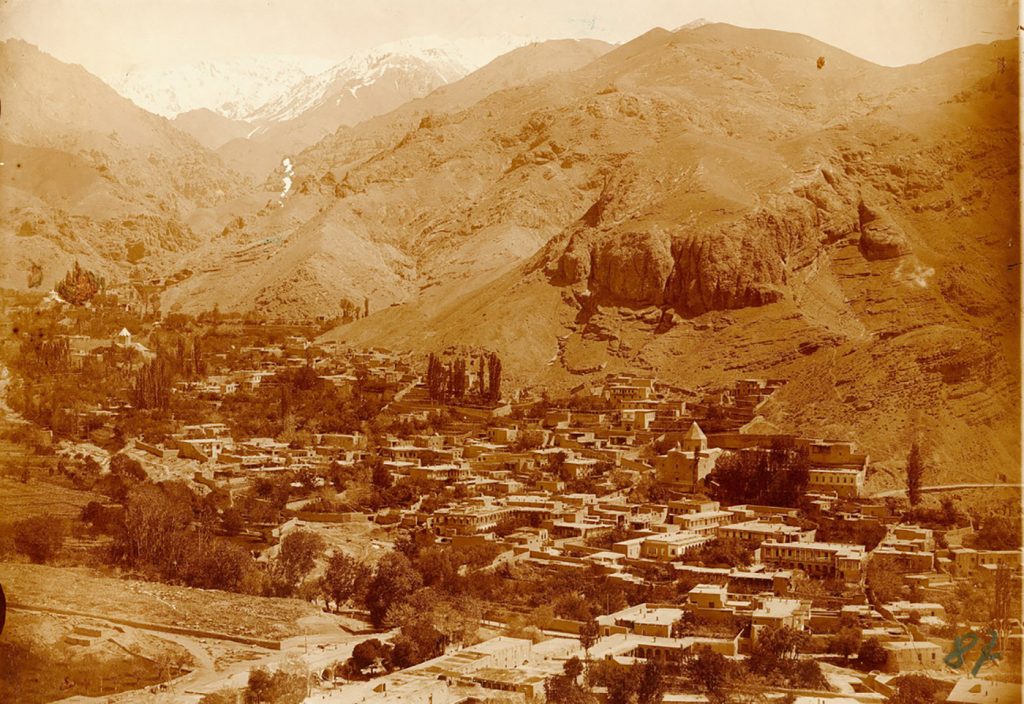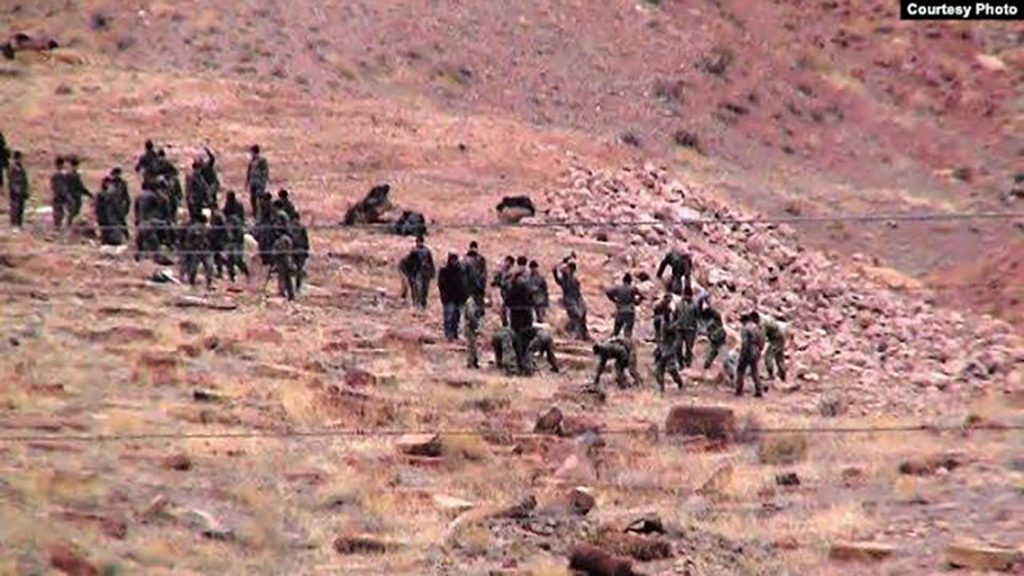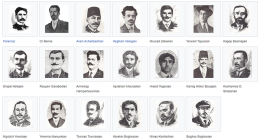NEW YORK (RFE/RL) — A detailed report published in an American art journal sheds more light on the reported destruction of an ancient Armenian cemetery in Azerbaijan’s Nakhichevan exclave.
The cemetery located near Djulfa, a small town close to the Iranian border, used to have the largest collection of traditional Armenian cross stones, or “khachkars,” dating from the 9th to the 16th centuries. Amateur videos that emerged in late 2005 showed Azerbaijani troops smashing the UNESCO-protected gravestones. They prompted condemnation from the European Parliament and other bodies.
The Azerbaijani government denied their destruction at the time. However, a 2006 article by the London-based Institute for War and Peace Reporting (IWPR) confirmed that the cemetery has vanished.
The report published by the Hyperallergic.com journal last month presents more details of the destruction of thousands of stones encrusted with crosses, Armenian inscriptions and patterns. Its authors, Armenian-born political science lecturer Simon Maghakyan and Yale University scholar Sarah Pickman, compare the “erasure of indigenous Armenian culture” in Nakhichevan to the destruction of Syria’s ancient Palmyra by the Islamic State.
In an interview with RFE/RL’s Armenian service, Maghakyan, who is based in Denver, insisted that Azerbaijan’s government committed a “cultural genocide” and “crime against humanity.”
“It’s not just about the Djulfa khachkars,” he said. “We are talking about a complete destruction of Armenian heritage of Nakhichevan.”


Maghakyan claimed that 89 Armenian churches, 5,800 “khachkars” and 22,000 tombstones were destroyed in Nakhichevan from 1997 to 2006.
“Even in [historical] western Armenia where Turkish authorities wiped out around 3,000 Armenian churches we can still find remnants of churches and some churches there were even renovated. But in Nakhichevan no traces of Armenian culture have been left,” he said.
“I am very happy that many Azerbaijanis who assisted in our research also condemn that,” said Maghakyan. He singled out Arif Yunus, an exiled human rights campaigner, and Akram Aylisli, a prominent author who has endured years of intimidation after writing about massacres of ethnic Armenians in Azerbaijan.


The Azerbaijani authorities have refused to allow international inspectors to visit the Djulfa cemetery site. In 2011, the then U.S. ambassador in Baku, Matthew Bryza, travelled to Nakhichevan but was barred from inspecting the site.
“Such stonewalling renders independent verification difficult, but the sheer amount of forensic evidence that Maghakyan and Pickman present makes a rock-solid case for at least not being deterred,” Britain’s “The Guardian” newspaper wrote in a March 1 article about the Hyperallergic.com report.









